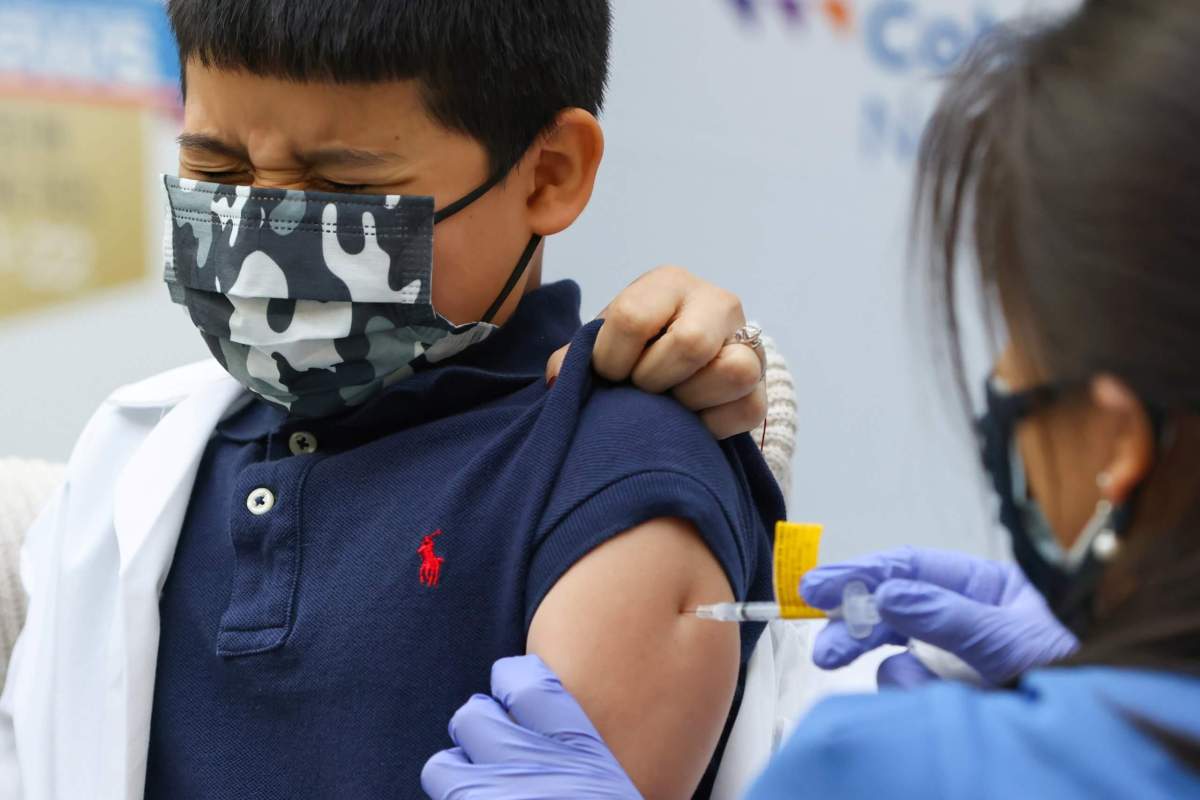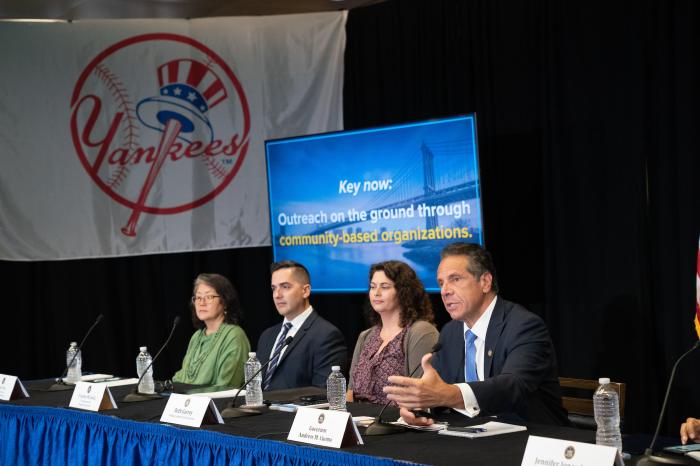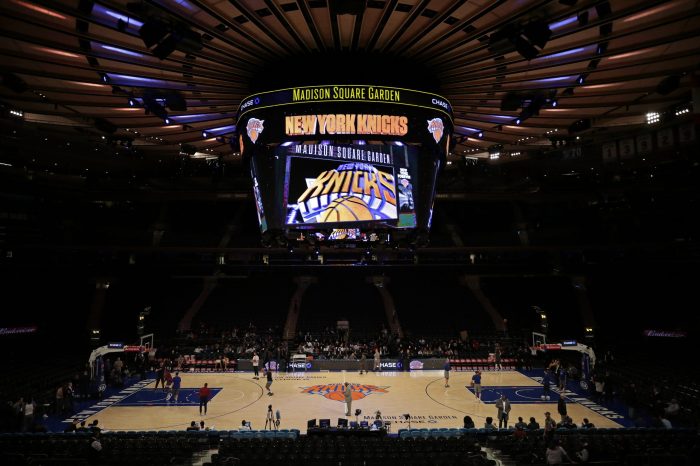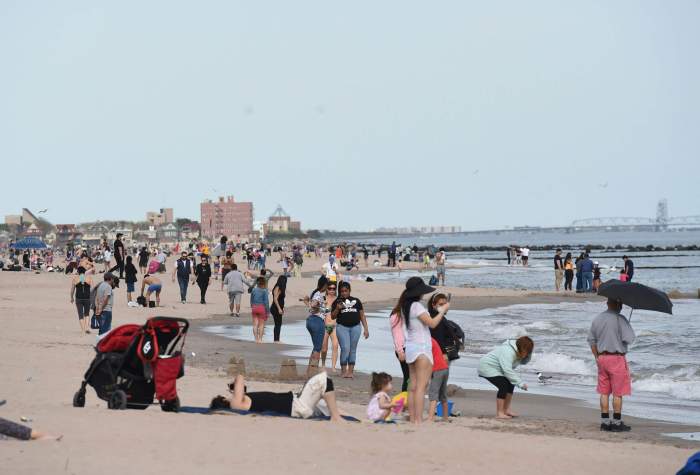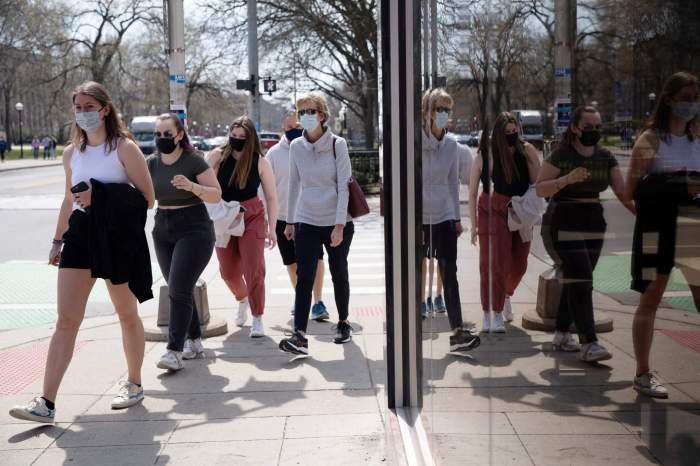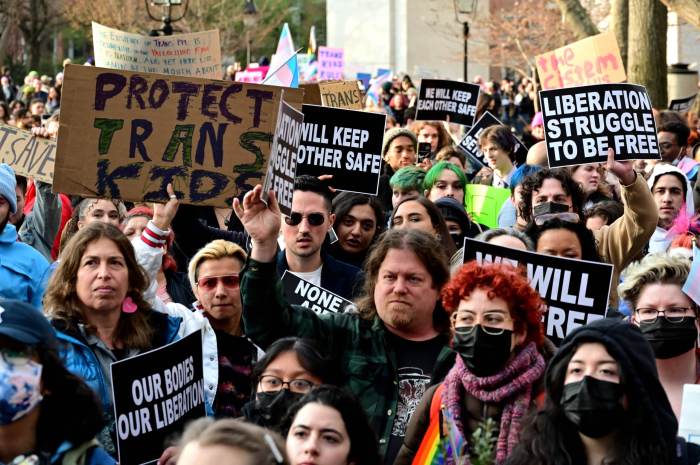After an extraordinarily challenging 20 months for families, schools, and educators everywhere, good news has arrived. A vaccine for elementary school students was approved.
It is the light at the end of the tunnel and our pathway out of the pandemic. It should give all of us across the five boroughs hope that our young children ages 5-11 now have access to a layer of protection against a deadly virus that has taken the lives of 700,000 Americans.
But amidst this great news, the academic challenges that children have experienced haven’t disappeared – trauma, unfinished learning, a lack of social supports, and more. The new vaccine eligibility is incredibly positive news, leading to more learning time, less disruption, and a return to normalcy.
We also know that historic academic hurdles lie ahead. And it has never been more present than in third-grade students – a critical age group.
The fact is that because of remote learning over the last two school years, some third-grade students may be entering classrooms for the first time. Classroom behaviors and routines that could and should have been learned in 1st or 2nd grade – but weren’t because of the virus – are just being absorbed by children for the first time.
Many older students may just be getting back into previous routines, but some of our youngest students are just building their daily academic muscle memory for the first time.
It matters because third grade is an important academic inflection point. Third grade often marks the end of the period when a child is learning to read and decoding words, to students “reading to learn,” transitioning to using their vocabulary to take in new content. Students who have solid literacy skills continue to grow academically, while those who struggle with literacy fall behind.
The stakes are extremely high.
Further, study after study shows that one in six children who are not reading proficiently in third grade are more likely to not graduate from high school on time, a rate four times greater than that for proficient readers. Third-grade reading development has been linked to dropout rates, being at grade level is important for all students but in the third grade, it is even more vital as students make the leap from learning to read to reading to learn.
And many students across the city are just now learning and mastering basic classroom structures. Teachers are working to mitigate students’ trauma and cultivating age-appropriate social skills.
They’re doing more than they’ve ever had to, and grappling with greater challenges for third graders, than ever before — and in a moment in which the stakes are extremely high due to the pandemic.
Fortunately, there are solutions. Public charter schools like ours are extending learning time. We’re rethinking the traditional school calendar. After school, Saturday classes, reinventing summer learning, redoubling engagement with parents – all of it must be part of the solution for third graders everywhere.
As a city and nation, we also must explore tutoring. Research on high dosage tutoring—defined as more than three days per week or at a rate of at least 50 hours over 36 weeks— proves that no other intervention in educational research has a comparable impact, demonstrating large positive effects on both math and reading achievement. Talent acquisition and mobilization for tutoring is an obstacle but we have to keep compelling people to come to the profession and support kids in the midst of crisis.
Some states like Tennessee and Colorado are launching high-dosage tutoring initiatives; Washington, D.C. also included $41M in their budget for three years of high-dosage tutoring which will benefit students who need it most. New York City should be embracing high dosage tutoring and innovating with the same level of boldness as cities and states across the nation.
Here’s the bottom line. Our youngest children have access to vaccines – that will help take logistical burdens off schools so they can focus more on academic growth and not just staying open in the first place.
But if we are going to tackle our academic challenges, accelerate learning, and reinvent the playbook for education across our city, we need to look in the mirror, identify our challenges, and act. We need to honestly identify gaps – and close them.
And our collective focus as a city should start with third grade.



